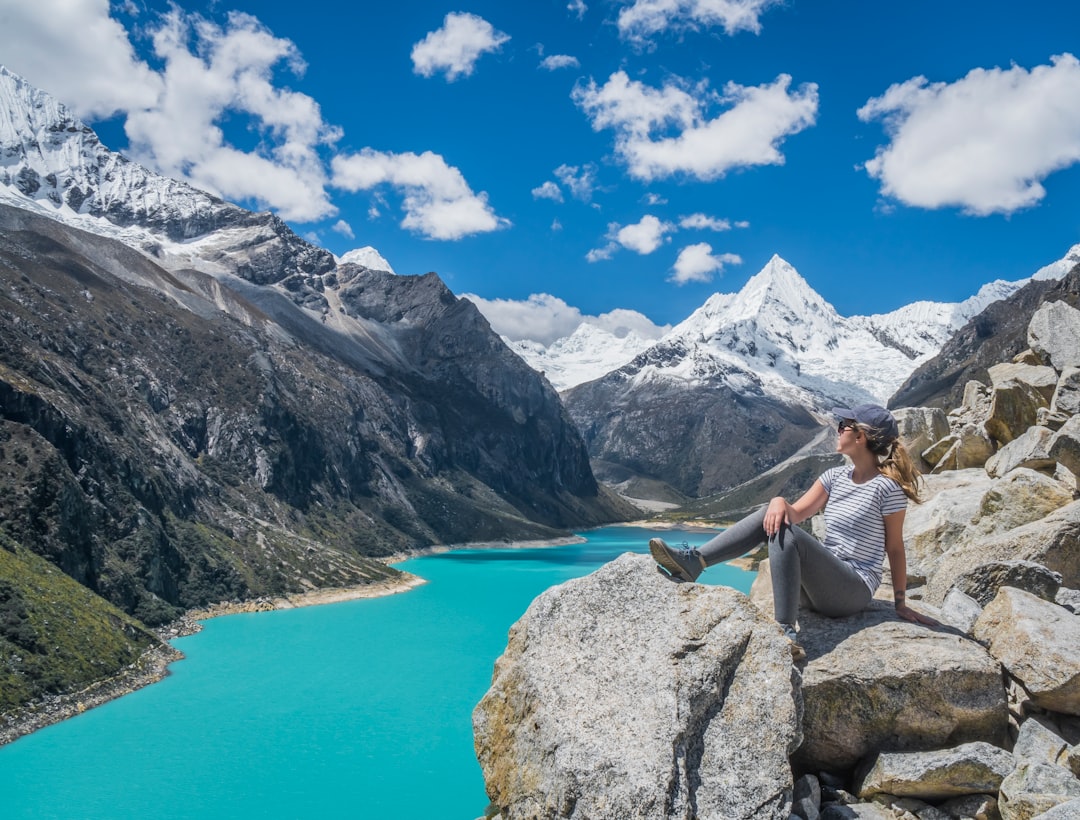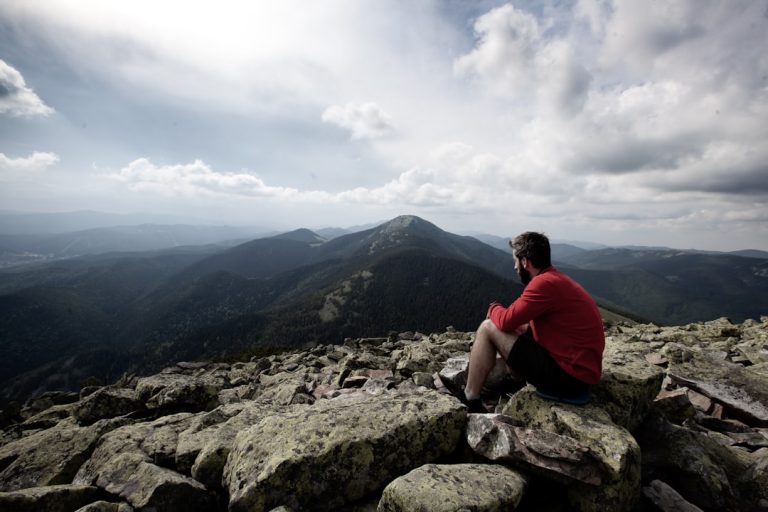Unlocking the Secrets of Tourism and Destination Marketing: A Journey of Discovery
In the vast and vibrant world of travel, tourism and destination marketing act as the compass guiding travelers towards their next adventure. Whether you’re a wanderlust-filled globetrotter or a local seeking hidden gems in your backyard, understanding the nuances of how destinations market themselves can transform your experience. Let’s embark on this journey together and explore the dynamic interplay of tourism and destination marketing.
At its core, tourism marketing is about telling a story—a story that captivates, intrigues, and ultimately persuades potential visitors to explore a particular location. Imagine scrolling through your social media feed and stumbling upon an enchanting image of a sun-kissed beach in Bali, accompanied by an irresistible caption promising adventure and tranquility. That’s the magic of effective destination marketing: it’s not just about showcasing a place; it’s about crafting an emotional connection.
As we delve deeper into this realm, it’s essential to recognize the power of digital marketing. In today’s tech-savvy world, travelers are more informed than ever before. They research, compare, and share their experiences online, making it crucial for destinations to have a robust digital presence. From eye-catching Instagram posts to engaging blogs, the online landscape is saturated with options, and standing out is paramount. The rise of influencer marketing has further shifted the paradigm, with local experts and travelers alike shaping perceptions and inspiring visits.
One of the most compelling aspects of tourism and destination marketing is the growing emphasis on sustainability. More and more travelers are seeking eco-friendly options that minimize their impact on the environment. Destinations are responding by promoting responsible tourism initiatives, highlighting local cultures, and encouraging travelers to engage in practices that support the community. For example, eco-lodges are sprouting up in breathtaking locations, providing visitors with the chance to experience nature without compromising its integrity. This shift towards sustainability is not just a trend; it’s a fundamental change in how we approach travel.
When discussing tourism marketing, one cannot overlook the distinction between luxury and budget-friendly travel options. Both markets offer unique opportunities for destinations to thrive. High-end resorts often use exclusivity and exceptional service to draw affluent travelers, while budget destinations focus on accessibility and value for money. This creates a rich tapestry of experiences, allowing every type of traveler to find something that resonates with them. For example, consider a destination that offers a luxurious spa retreat alongside affordable hostels, creating a versatile appeal that can cater to diverse preferences.
Now, let’s not forget the DIY approach to destination marketing. In an era where personalization is key, travelers are increasingly crafting their own itineraries and experiences. This trend has prompted destinations to offer tools and resources that empower visitors to create their own unique journeys. Think interactive maps, customizable tours, and personalized recommendations—all designed to enhance the traveler’s experience. Destinations that embrace this DIY mentality not only foster deeper connections with their visitors but also encourage exploration beyond the usual tourist spots.
In terms of emerging trends, the psychological impact of travel is gaining traction in marketing strategies. Destinations are now tapping into the emotional aspects of travel, highlighting experiences that evoke nostalgia, joy, or adventure. This can range from promoting historical sites that resonate with a traveler’s heritage to showcasing thrilling outdoor activities that promise adrenaline-fueled memories. By understanding the emotional drivers behind travel, marketers can create compelling narratives that resonate with their audience on a deeper level.
Ultimately, the future of tourism and destination marketing lies in adaptability and innovation. As travelers’ preferences evolve, so too must the strategies employed by destinations. Embracing technology, fostering sustainability, and understanding the psychological aspects of travel will be crucial in shaping successful marketing campaigns. As we look ahead, it’s clear that the journey of tourism and destination marketing is not just about selling a place; it’s about creating experiences that resonate, inspire, and transform.
In conclusion, whether you’re a destination marketer or an avid traveler, embracing the art of storytelling in tourism can lead to unforgettable adventures. So, the next time you find yourself scrolling through social media, remember that every stunning image and captivating caption is a window into a world waiting to be explored. Pack your bags, open your heart, and let the journey unfold.



